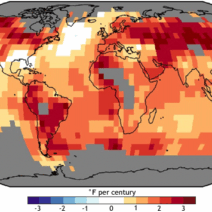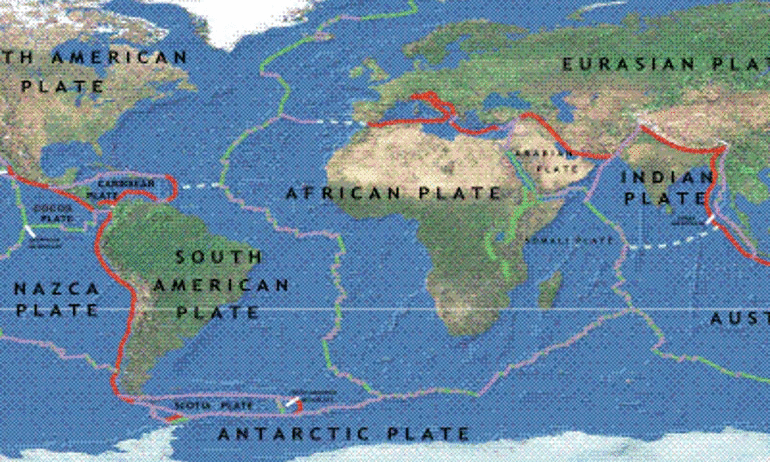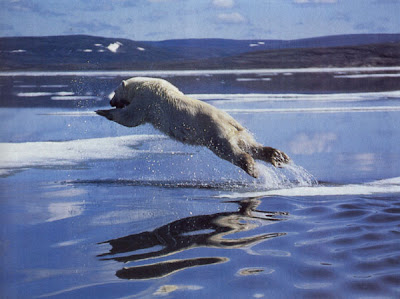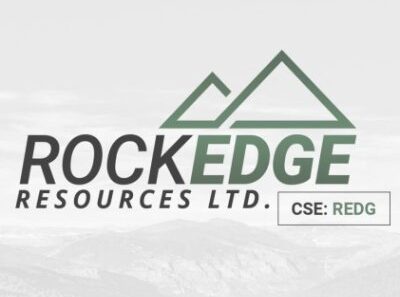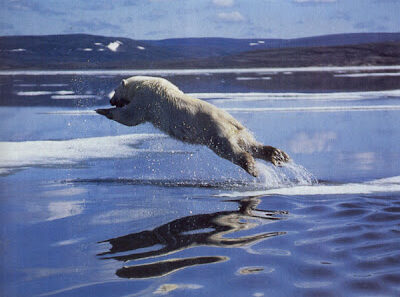The relationship between global warming and tectonic plate movement is a potential nexus of scientific inquiry that intertwines geophysics with climatology. While the connections between the two phenomena are far from straightforward, the exploration of whether climate change can influence tectonic activities sparks an intriguing debate. With the planet undergoing significant environmental alterations due to anthropogenic activities, it becomes essential to dissect the claims surrounding the effects of global warming on tectonic plate dynamics.
Plate tectonics, the theory explaining the movement of Earth’s lithosphere, comprises a complex interplay of geological processes. The Earth’s crust is divided into several large and small plates that float on a semi-fluid mantle. These tectonic plates are driven by convection currents within the mantle, which result from temperature differences and material properties. When we introduce global warming into this equation, the question arises: can changes in temperature and ice mass impact the tectonic plates?
To understand the potential influences of global warming on tectonic movement, we must first recognize how climate change impacts the Earth’s crust and lithosphere. Global warming leads to the melting of polar ice sheets and glaciers, particularly in regions like Greenland and Antarctica. This melting contributes to sea-level rise, a phenomenon with various geological repercussions. As massive ice sheets lose weight, the phenomenon known as “isostatic rebound” occurs—where the crust, previously compressed under the immense weight, begins to rise and adjust. This process can induce seismic activity, as the sudden shift in pressure impacts fault lines and the stability of related geological structures.
Moreover, the alteration in water distribution due to melting ice causes changes in fluid pressure within the Earth’s crust. The shift of large water masses can alter the stress exerted on tectonic plates. Recent studies have indicated that significant hydrological changes can aseismically or seismically trigger fault slips, thereby influencing earthquake occurrences. For instance, regions that undergo substantial seasonal variations, including heavy rainfall or drought, can experience shifts in tectonic plate movements, potentially leading to seismic events.
Yet, the assertion that global warming directly drives tectonic plate movement is fraught with complexity. The movement of tectonic plates is primarily governed by thermodynamic forces within the mantle, which are relatively autonomous from surface climate changes. The energy driving plate tectonics, resulting from Earth’s internal heat, is not intrinsically tied to atmospheric conditions. However, the interactions at the surface can indeed produce localized effects. For instance, the melting of glaciers can indirectly result in geological instability, particularly in the polar regions, leading to increased seismic activity due to the rapid changes in pressure and the release of restraints on fault systems.
In addition, the thermal expansion of seawater and the resulting high sea levels contribute to the long-term geological changes in coastal regions. The added weight and volume may influence tectonic dynamics over extensive periods. Coastal areas might experience uplift or subsidence, creating complications in the stability of tectonic plates along fault lines. Such gradual changes could align with seismic phenomena, where long-term patterns may be perceptible only through extensive geological surveys and ongoing monitoring.
Another significant concern arises from the potential for glacial earthquakes. When ice melts, it can contribute to increased pore pressure in underlying rocks. This increase can induce slip along faults, resulting in localized seismic events. Scientists have witnessed instances where substantial glacial retreats coincide with seismic activities. The direct causation continues to be a topic for rigorous study, sustaining the ongoing dialogue about the global ramifications of climate change.
Additionally, the interplay between climate change and plate tectonics can be extended to volcano activity. The melting of glaciers can alter pressures in the mantle, which may trigger volcanic eruptions. Without the overbearing weight of ice, volcanic systems may find themselves freed from constraints, causing eruptions in response to the reduced pressure. Researchers are currently exploring the correlation between ice cap melting and increased volcanic activity in areas previously covered by glacial masses.
Conversely, transportation of climate-related material across plates—such as sedimentation patterns resulting from flooding or landslides—can play a role in the dynamic nature of tectonics. Erosion and sediment deposition can modify the stress on tectonic plates over time, reiterating the need to consider these relationships holistically.
In navigating this intricate web of scientific inquiry, it is essential to ground the investigation in caution. Simultaneously, the study of climate change’s impact on tectonic activity emphasizes the interconnectedness of Earth systems. While definitive conclusions may elude researchers, the potential ramifications of global warming on geological processes remain critical areas of investigation.
As our understanding of Earth’s systems progresses, the broader implications of global warming emerge with clarity. The interaction between climate change and tectonic activity resonates across multiple scientific fields, from geology to climatology. Recognizing these relationships underscores the importance of addressing climate change proactively, as the consequences extend beyond human experience into the depths of the Earth itself. Understanding this linkage fosters a sense of urgency in combating climate change, providing yet another incentive to prioritize sustainable practices and environmental stewardship.
